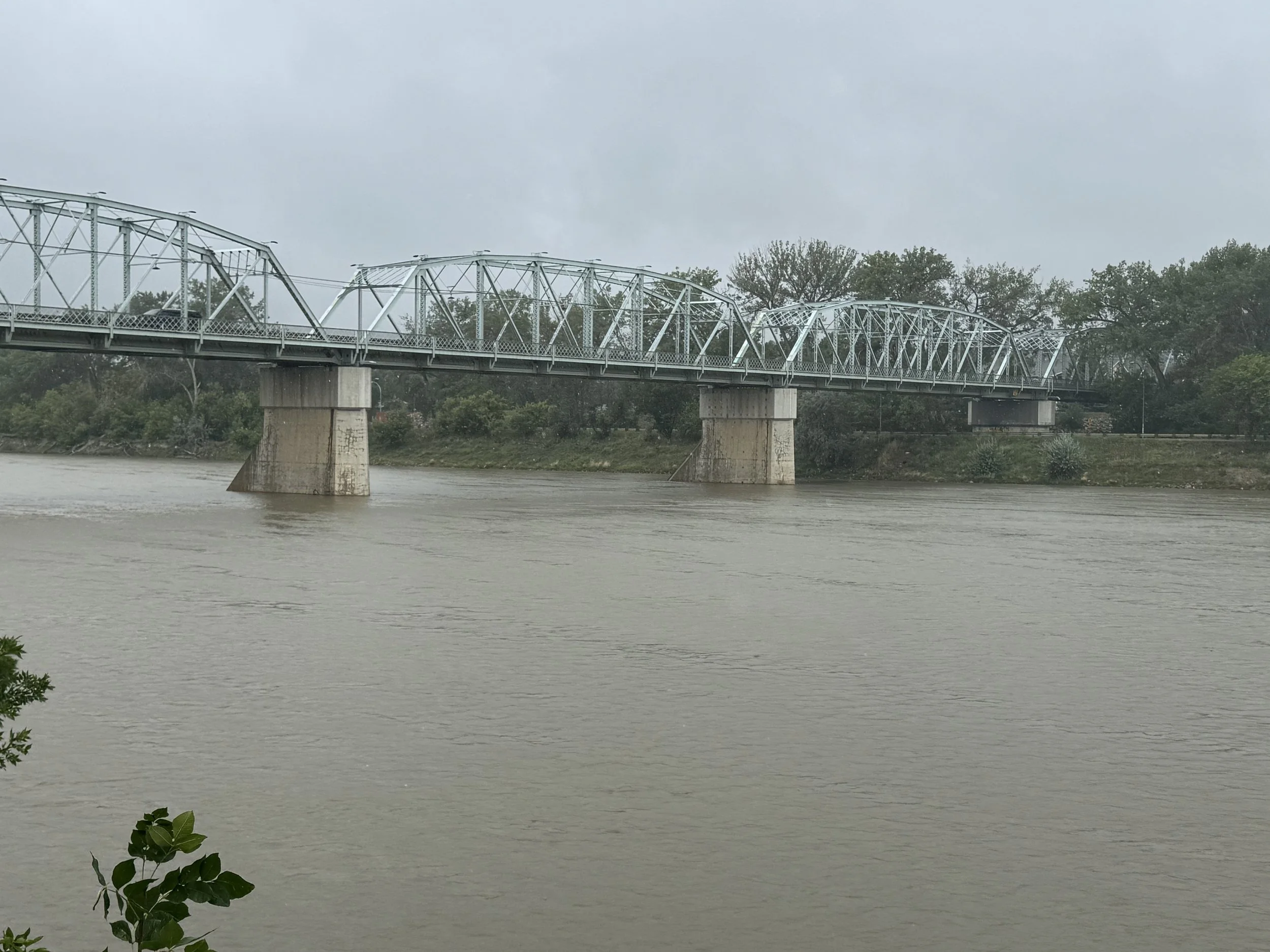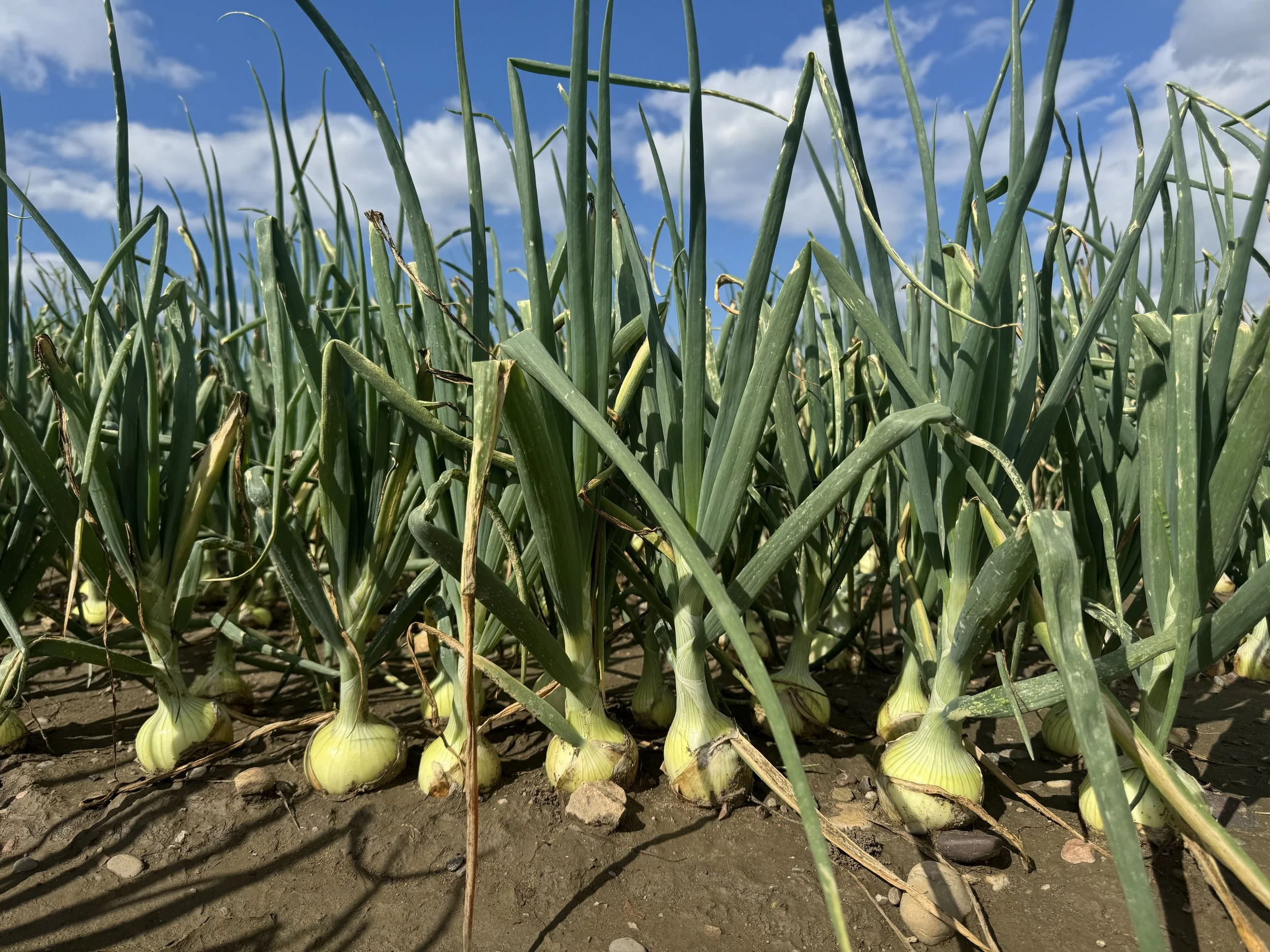River Report #14 – Record June Lows turn to Above Average Flows as Precipitation Hits Region
River levels at the end of July hitting well above normal with streamflows hitting 400 cubic metres a second as the month closed. (Photo Alex McCuaig)
The province’s latest water supply outlook report is largely reflecting what southern Albertans have seen for themselves over the month of July going into August. Rains have had the effect of seeing a marked recovery in streamflows in the region.
But there remain challenges on the Oldman downstream of its namesake reservoir.
The river at Lethbridge fell below both its instream and water conservation objectives on Aug. 13 and is continuing the trend of being below normal streamflows that began in 2023.
But that situation is being countered by well above normal streamflows at the Bow in Calgary as well as the South Saskatchewan at Medicine Hat.
Hydrologic drought rating for the Bow River basin has been removed following being in Stage 2, moderate drought, in the spring with the Oldman also seeing the provincial alert status reduced to Stage 1, abnormally dry.
As of Aug. 14, the South Saskatchewan River basin remains in Stage 3, severe drought, but streamflows are above normal for this time of year, a reversal of fortunes from June’s record lows.
The region’s largest irrigation reservoir has also benefited from the rains.
The Oldman reservoir has struggled in recent years with 2023 seeing water levels fall to near record lows, some recovery in 2024 before a lower-than-normal mountain runoff in the spring this year combined with a dry June putting stress on the waterbody.
Starting in mid-July, precipitation began and continued to allow water levels at the reservoir to build up. But those levels continue to be below the lower quartile of average and less than this time last year.
But that reservoir is the exception as levels at most other irrigation reservoirs along both the Bow and Oldman rivers being rated above normal and at worst, normal levels.
A Medicine Hat irrigated onion field just prior to harvest during the week of Aug. 11. (Photo Alex McCuaig)
That includes the St. Mary Reservoir which is currently sitting at 70 per cent capacity.
Environment Canada is reporting just how wet July has been with reporting stations from Banff and Calgary to Pincher Creek to Medicine Hat reporting rainfall amounts double the normal for the month.
That’s been beneficial to continuing advanced development of cereal crops which has been a theme this growing season.
But the moisture is also causing some issues for lentil growers and may cause delays in harvesting fall-seeded crops.
Statistics for the South Saskatchewan River at Medicine Hat for Aug. 14
Upper quartile – 190 m³/s
Lower quartile – 69 m³/s
Aug. 14, 2024 – 90 m³/s
Aug. 14, 2025 – 211 m³/s
Statistic for the Oldman River at Lethbridge for Aug. 14
Upper quartile – 48 m³/s
Lower quartile – 18 m³/s
Aug. 14, 2024 – 25 m³/s
Aug. 14, 2025 – 20 m³/s
Statistics for the Bow River at Calgary for Aug. 14
Upper quartile – 146 m³/s
Lower quartile – 93 m³/s
Aug. 14, 2024 – 98 m³/s
Aug. 14, 2025 – 116 m³/s
*Upper and lower quartile averages are based on data collected between 1911 and 2024.
Oldman Reservoir for Aug. 14 level (metres above sea level)
Upper quartile – 1116.070 m
Lower quartile – 1112.947 m
Aug. 14, 2024 – 1112.329 m
Aug. 14, 2025 – 1110.433 m
Past River Reports



